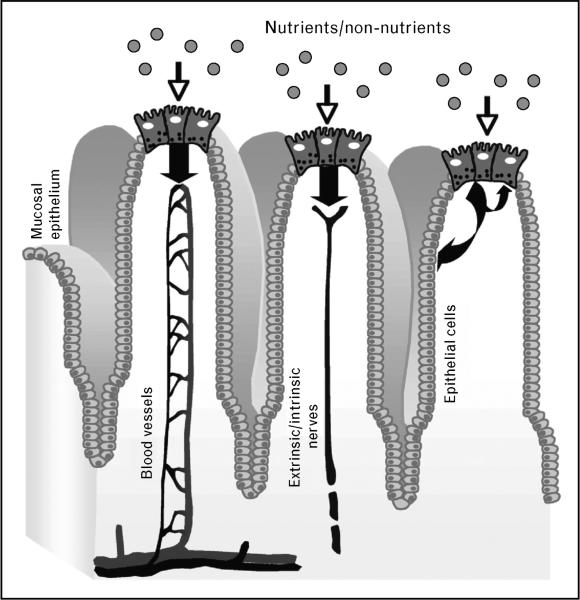Figure 1. Possible pathways involved in nutrient sensing by enteroendocrine cells.
Putative sites of chemosensing are localized on the cell surface. When the luminal content (nutrients and non-nutrients) comes in contact with enteroendocrine cells, it induces release of hormones that enter blood vessels or signaling molecules that activate extrinsic or intrinsic afferent neurons thereby sending neuronal messages to the central nervous system and to enteric neurons. Released molecules can also act directly on adjacent cells, including other enteroendocrine cells and other types of epithelial cells like brush cells.

